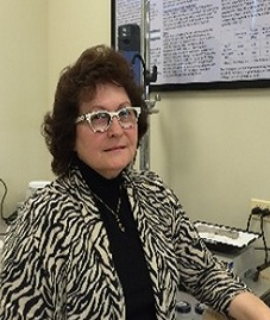Title : Patient centric dug delivery systems: ODT (Oral Disintegrating Tablet) and ODF (Oral Disintegrating Film)
Abstract:
Fast disintegration formulations like Oral Disintegrating Tablets (ODT) and Oral Disintegration Films (ODF) were emerging in the last decade due to the fact they offer patient convenience and compliance by fast dissolving or disintegrate in the mouth while in contact with the available 2ml saliva by delivering the actives directly to systemic circulation through buccal mucosa. Both ODT and ODF are suited for drugs, which undergo high first pass metabolism by improving their bioavailability and reducing dose frequency, which in turn is minimizing adverse/side effects. They are cost effective, easy to scale up, possess good stability, accurate dosing and easy handling by patients on the go. In addition, they are patient centric (pediatrics, geriatrics, psychiatric patients with dysphagia) drug delivery systems design to increase patient compliance. ODT/ ODF are preferred to classic dosage forms (swallowble/ chewable/ suckable tablets) due to ease of administration (portability, “on the go”) without water, pleasant taste and mouth feel more of “a treat” than a treatment. Manufacturer’s attraction for these dosage forms resides in improved life cycle management, market differentiation, innovation and brand creation. Moreover, in recent years we can see their remarkable expansion from Rx to OTC, nutraceuticals (vitamins, minerals, etc.) and biologics. In response to the increased popularity of ODT on the market the excipients industry created ready to use platforms in order to ease formulation process. The presentation is focusing on: definition of ODT and ODF, benefits and disadvantages of fast dissolving formulations, how to select the best formulation composition and process in order to accommodate physical and chemical API’s properties, commercially available products and how can they be suitable for both small /large molecule delivery. Recently FDA approved an ODT formulation using 3D printing and a lot of research work is focusing on ODF by 2D printing as a step forward to personalized drug delivery systems.
Takeaway Notes:
•Describe the advantages and disadvantages of ODT and ODF as solid dosage form delivery
•Identify the excipients and processes associated with fast dissolving delivery systems formulation and the suitable APIs
•Summarize the need for fast disintegrating systems and their flexibility in formulation and process scaling up



